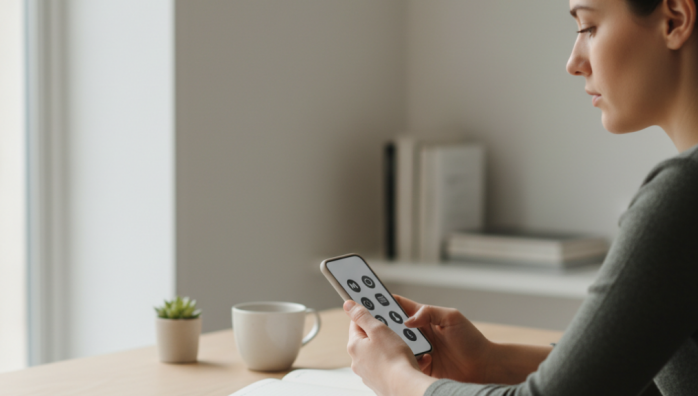Is 'Digital Minimalism' Just Another Productivity Trap?
by admin in Productivity & Tools 18 - Last Update November 21, 2025

I remember the day I first discovered the concept of \'digital minimalism.\' It felt like a revelation. The promise was intoxicating: a clear mind, laser-like focus, and an escape from the constant digital noise. I dove in headfirst, convinced this was the final piece of my productivity puzzle. I spent a whole weekend unsubscribing from newsletters, deleting apps, and curating a pristine, single-screen phone layout. For a week, it was bliss.
The honeymoon phase and the promise of clarity
Initially, the benefits were obvious. My phone was no longer a slot machine of notifications. My desktop was a serene landscape. I felt in control, intentional, and, frankly, a little smug. I\'d tell anyone who would listen about my newfound digital zen. I was convinced I had cracked the code. The lack of constant pings and alerts genuinely did give me back pockets of time and mental space I didn\'t know I\'d lost. It felt like I was finally running my technology, instead of it running me.
Where the cracks started to show
But then, a strange thing happened. I started spending an inordinate amount of time *maintaining* my minimalism. I\'d spend an hour researching the \'perfect\' minimalist note-taking app, only to spend another hour migrating my notes. I\'d debate the merits of two almost identical to-do list apps, paralyzed by which one was \'more minimal.\' The irony was crushing. I had escaped the trap of digital distraction only to fall into the trap of obsessive digital organization. My focus had shifted from doing the work to perfecting the system for the work. I was busier than ever, but not on the things that actually mattered.
Reframing minimalism as intentionalism
That was my \'aha\' moment. The goal isn\'t to have the fewest tools; it\'s to have the *right* tools that fade into the background. True digital minimalism isn\'t an aesthetic of emptiness, but a philosophy of intention. I realized I didn\'t need a single, perfect, minimalist app. What I needed was a functional system that solved my problems without creating new ones. I slowly started reintroducing certain apps, but with a new, critical eye.
My new rules for digital tools
I stopped asking \'is this minimal?\' and started asking \'is this useful?\'. My personal filter is simple now, and it has served me well:
- Does this tool solve a recurring problem for me?
- Does the time it saves me outweigh the time I spend managing it?
- Can I achieve the same result with a tool I already use?
This simple shift in perspective changed everything. My system isn\'t as \'clean\' as it once was, but it\'s infinitely more effective. I\'ve learned that digital minimalism isn\'t a destination or a badge of honor. It\'s a continuous process of asking \'why\' before adopting any new tool, ensuring that my digital world serves my real-world goals, not the other way around.














